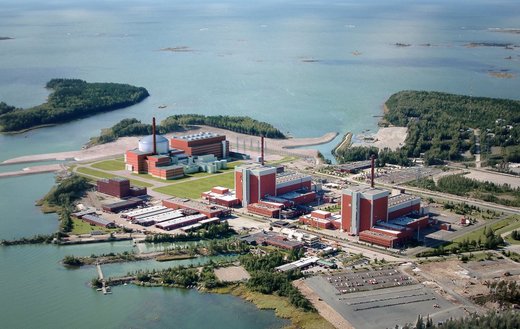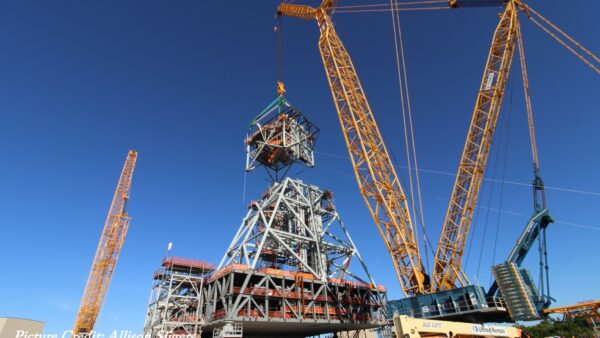New nuclear power projects have been announced this year in the UK, Poland and Vietnam, but is nuclear power a growth sector for construction, globally? It depends on who you talk to.
The World Nuclear Association (WNA) says nuclear power capacity worldwide is “increasing steadily”, with over 60 reactors under construction in 13 countries.
With new projects announced this year in UK, Poland and Vietnam, you’d be forgiven for thinking that as a global sector, it’s taking off.
But a very different picture emerges from The World Nuclear Industry Status Report 2012.
Part sponsored by an alliance of European Parliament Green parties, the report portrays a global industry in decline thanks to the cumulative impacts of the Fukushima disaster, economic stagnation in the developed world, and the industry’s own planning and management difficulties.
Produced by consultants Mycle Schneider, Antony Froggatt and Julie Hazemann, the 20th annual edition of the report finds that only seven new reactors started up in 2011, while 19 others were shut down.
In the year ending July 2012, four countries – Belgium, Germany, Switzerland and Taiwan – had announced that they would be phasing out nuclear power altogether.
Five countries had decided not to engage or re-engage in nuclear programmes, reversing previous decisions. They were Egypt, Italy, Jordan, Kuwait, and Thailand.
In Bulgaria and Japan two reactors under construction were abandoned, while in four countries – Brazil, France, India and the US – new-build projects were cancelled.
Of units under construction around the world (59, by the report’s reckoning, though the WNA’s count is more recent) at least 18 were experiencing multi-year delays, the report said.

Finland’s Olkiluoto power station, with third unit rendered as complete. Nuclear construction costs in Europe have risen sharply. (Teollisuuden Voima Oy)
The record-holder here is the Watts-Bar-2 project in the US, where construction started in 1973.
At one time it was scheduled to be connected to the grid in 2012, but that has been put back to late 2015 or 2016.
The other 41 projects had started in the past five years or had not yet reached projected start-up dates, which made it difficult to tell whether they were on schedule or not, the authors said.
The cost of building nuclear power plants are rising sharply as well, particularly in Europe, where the cost estimate of building a European pressurised reactor (EPR) has increased by a factor of four over the past 10 years, the report said.
One factor in the cost hike has been stricter specifications in the aftermath of the Fukushima disaster.
Perhaps the clearest signal of a market in decline has been the fact that two thirds of the report’s assessed nuclear companies and utilities had been downgraded by credit rating agency Standard & Poor’s over the past five years.
The report found that of 12 nuclear companies assessed, all but one performed worse than the UK FTSE100 index.
Nuclear may be on a downward spiral, but the report says renewable energy is on the way up.
Global investment in renewable energy totalled $260bn in 2011, almost five times the 2004 amount.
During that period, the total cumulative investment in renewables was more than $1 trillion, compared to the total nuclear power investment of about $120bn in the same period.
“The market for nuclear is shrinking year by year, while renewable energy deployment continues at pace and in an ever increasing number of countries,” said Antony Froggatt, co-author of the report. “With nuclear power becoming more expensive than a widening range of renewable energy technologies, this trend will only continue.”






